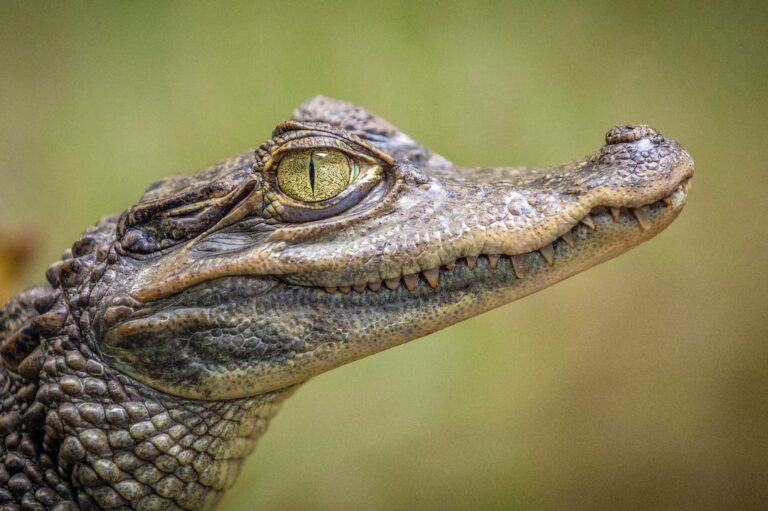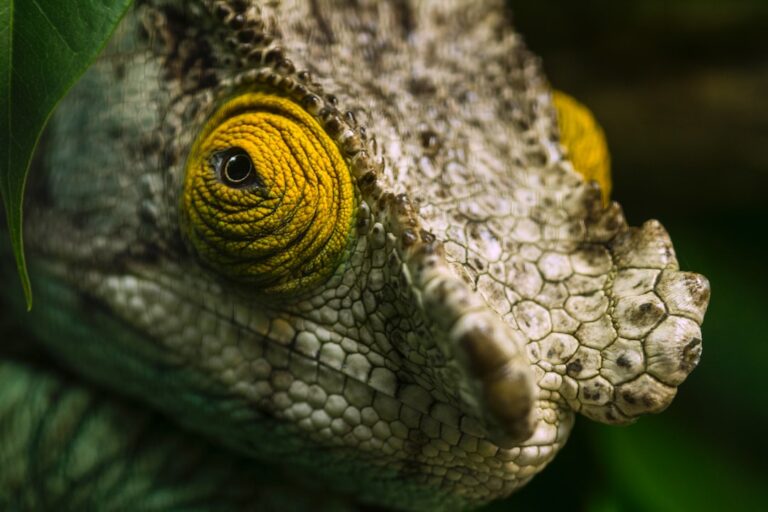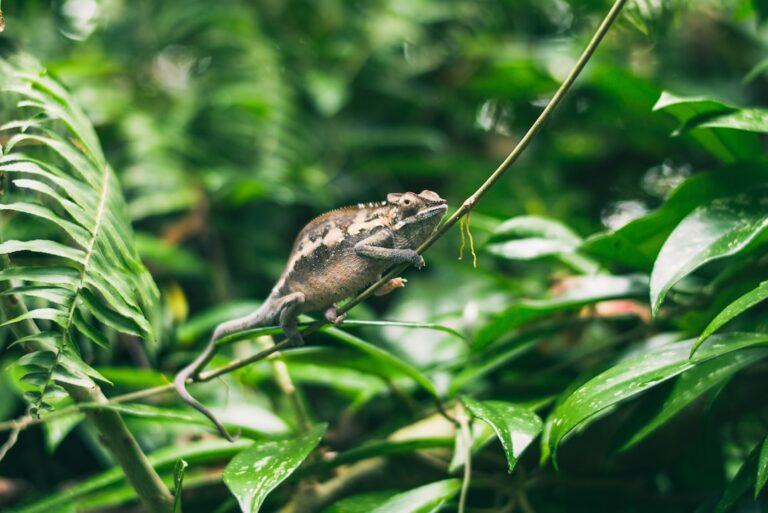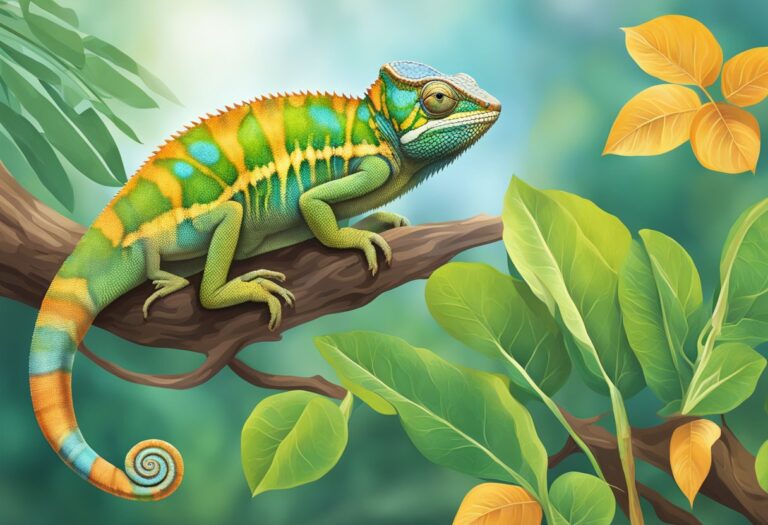Why Do Chameleons Throw Up?
Chameleons are fascinating creatures known for their ability to change color and blend into their surroundings. They belong to the family Chamaeleonidae and are native to Africa, Madagascar, and parts of southern Europe, Asia, and the Middle East. Chameleons have a unique set of characteristics that set them apart from other reptiles. They have independently moving eyes, a prehensile tail, and specialized feet that allow them to grip branches and climb with ease.
Understanding chameleon behavior and health is crucial for their proper care and conservation efforts. Chameleons have specific needs when it comes to diet, temperature, humidity, and habitat. By understanding their unique abilities and requirements, we can provide them with the best possible care in captivity and contribute to their conservation in the wild.
Table of Contents
The Anatomy of a Chameleon’s Digestive System
The digestive system of chameleons is highly specialized to accommodate their unique feeding habits. One of the most notable features is their long tongue, which can be extended rapidly to catch prey. The tongue is covered in a sticky substance that helps the chameleon capture insects with precision.
Chameleons also have an expandable stomach that allows them to consume large prey items. Their stomach can stretch to accommodate food that is larger than their head. This ability is essential for their survival in the wild, where they often encounter prey that is larger than what other reptiles can consume.
The Role of Regurgitation in Chameleon Behavior
Regurgitation is a common behavior observed in chameleons. It involves the expulsion of food from the stomach back up into the mouth. While regurgitation may seem alarming, it actually serves several important purposes for chameleon health and behavior.
One reason chameleons regurgitate their food is to remove indigestible parts, such as insect exoskeletons or plant matter. By regurgitating these parts, chameleons can ensure that their digestive system remains clear and free from blockages.
Regurgitation also plays a role in chameleon courtship and territorial behavior. Male chameleons may regurgitate food as a form of display to attract females or establish dominance over other males. This behavior is often accompanied by color changes and other visual displays.
The Connection Between Stress and Vomiting in Chameleons
Stress can have a significant impact on the health and well-being of chameleons. In some cases, it can even lead to vomiting. When chameleons are stressed, they may exhibit behaviors such as pacing, hissing, or puffing up their bodies. These behaviors can disrupt the normal functioning of their digestive system and lead to vomiting.
There are several potential causes of stress in captive chameleons. One common cause is improper husbandry, such as inadequate temperature or humidity levels in their enclosure. Chameleons are ectothermic animals, which means they rely on external sources of heat to regulate their body temperature. If the temperature in their enclosure is too low or too high, it can cause stress and digestive issues.
Another potential cause of stress in chameleons is improper handling. Chameleons are delicate creatures that are easily stressed by excessive handling or rough treatment. It is important to handle them gently and minimize stress as much as possible.
The Importance of Proper Diet and Nutrition for Chameleons
Proper diet and nutrition are essential for the health and well-being of chameleons. In the wild, they primarily feed on insects, such as crickets, grasshoppers, and flies. It is important to provide a varied diet that includes a variety of insect species to ensure they receive all the necessary nutrients.
Chameleons also require a source of calcium to maintain healthy bones and prevent metabolic bone disease. Calcium can be provided through dusting their food with a calcium supplement or by offering calcium-rich foods, such as gut-loaded insects or calcium powder.
Improper diet and nutrition can lead to a variety of health problems in chameleons. For example, a diet that is low in calcium can result in weak bones and deformities. On the other hand, a diet that is too high in fat can lead to obesity and other metabolic disorders.
How Environmental Factors Affect Chameleon Digestion
Environmental factors, such as temperature and humidity, play a crucial role in chameleon digestion. Chameleons are ectothermic animals, which means they rely on external sources of heat to regulate their body temperature. If the temperature in their environment is too low, it can slow down their metabolism and digestion. Conversely, if the temperature is too high, it can speed up their metabolism and digestion, potentially leading to digestive issues.
Humidity is another important factor to consider when it comes to chameleon digestion. Chameleons require a certain level of humidity to aid in the digestion of their food. If the humidity in their enclosure is too low, it can cause dehydration and make it difficult for them to digest their food properly.
Maintaining proper environmental conditions is crucial for chameleon health. It is important to provide a temperature gradient within their enclosure, with a warm basking spot and cooler areas for them to regulate their body temperature. Additionally, providing a humid hide or misting the enclosure regularly can help maintain the necessary humidity levels for proper digestion.
The Relationship Between Vomiting and Parasite Infections in Chameleons
Parasite infections are a common health issue in chameleons and can lead to vomiting. Parasites such as nematodes, coccidia, and flagellates can infect the digestive system of chameleons and disrupt their normal digestive processes.
When chameleons are infected with parasites, it can cause inflammation and irritation in their digestive tract. This can lead to vomiting as the body tries to expel the parasites and alleviate the discomfort.
Preventing and treating parasite infections is crucial for chameleon health. Regular fecal exams by a veterinarian can help detect and treat parasite infections early. Additionally, maintaining proper hygiene in their enclosure, such as regular cleaning and disinfection, can help reduce the risk of parasite transmission.
The Potential Dangers of Chameleon Vomiting and How to Prevent Them
While vomiting is a natural behavior in chameleons, it can pose potential dangers if it occurs too frequently or is accompanied by other symptoms. One of the main dangers of vomiting is dehydration. When chameleons regurgitate their food, they also lose fluids that are necessary for their overall health and well-being. Dehydration can lead to a variety of health problems and should be addressed promptly.
Another potential danger of vomiting is malnutrition. If chameleons are unable to keep their food down, they may not be receiving the necessary nutrients for proper growth and development. This can lead to stunted growth, weakened immune system, and other health issues.
To prevent vomiting and its potential dangers, it is important to provide chameleons with a proper diet, maintain proper environmental conditions, and minimize stress as much as possible. Regular veterinary care is also crucial for detecting and treating any underlying health issues that may be contributing to vomiting.
The Role of Veterinary Care in Maintaining Chameleon Health
Regular veterinary care is essential for maintaining the health and well-being of chameleons. A veterinarian who specializes in reptile medicine can provide valuable guidance on proper husbandry, diet, and environmental conditions for chameleons.
Veterinary care also plays a crucial role in detecting and treating any underlying health issues that may be contributing to vomiting or other digestive problems. A veterinarian can perform a thorough physical examination, conduct diagnostic tests, and provide appropriate treatment for chameleons.
Additionally, regular veterinary care can help prevent and treat parasite infections, which are a common health issue in chameleons. Fecal exams can detect the presence of parasites and allow for prompt treatment to prevent further complications.
Understanding Chameleon Vomiting for Better Care and Conservation
Understanding chameleon vomiting is crucial for providing them with the best possible care and contributing to their conservation efforts. By understanding their unique abilities, anatomy, and behavior, we can ensure that they receive the proper diet, nutrition, and environmental conditions necessary for their health and well-being.
Chameleon owners should prioritize proper diet, environmental conditions, and regular veterinary care to prevent vomiting and its potential dangers. Conservationists should also prioritize chameleon health and well-being in their efforts to protect these fascinating creatures in the wild.
By working together to understand and address the unique needs of chameleons, we can contribute to their conservation and ensure that future generations can continue to marvel at their unique abilities and beauty.
If you’re interested in learning more about reptiles, you might want to check out this article on chameleons versus iguanas. It explores the differences between these two fascinating creatures and provides insights into their behavior and characteristics. From their eating habits to their sleeping patterns, this article covers it all. So, if you’re curious about the world of reptiles beyond chameleons throwing up, click here to read more: Chameleon vs Iguana.







